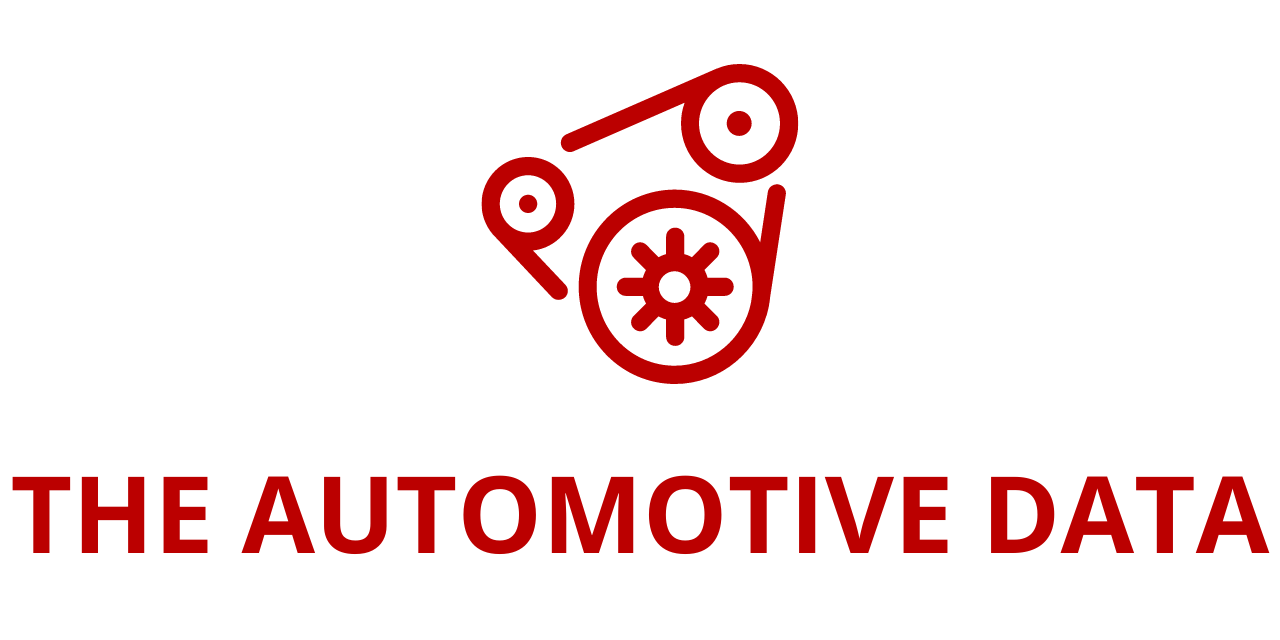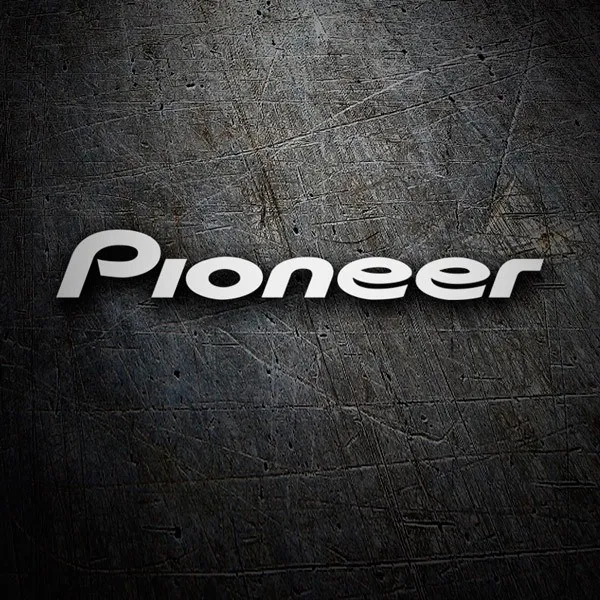
EV Battery Test Equipment Market Outlook 2025–2034
The electric‑vehicle (EV) revolution is accelerating, and batteries sit squarely at its center. Ensuring those batteries are safe, durable, and high‑performing depends on an often‑overlooked but indispensable segment: EV battery test equipment. According to the latest study added to ResearchAndMarkets.com’s library, global revenue from this equipment will rise from US $1.04 billion in 2025 to roughly US $1.73 billion by 2034, registering a solid 7.5 % compound annual growth rate (CAGR) over the forecast window. The report also highlights that, when calculated from a slightly different model baseline, the market may surpass US $2.0 billion by the end of 2034, underscoring consensus expectations of robust, sustained expansion.
1. What Drives the Market?
a. Rapid EV Production Growth
Global passenger‑car electrification has moved from niche to mainstream in less than a decade. Major automakers have announced billions in battery‑electric programs, and many governments now peg 2035 as a de‑facto sunset date for new internal‑combustion sales. Higher unit volumes, in turn, multiply demand for precise, automated testing lines that can verify every cell, module, and pack before a vehicle leaves the factory gate.
b. Stringent Safety & Quality Regulations
Lithium‑ion cells store remarkable amounts of energy. Failures—thermal runaway, rapid capacity fade, or catastrophic short circuit—carry outsized risk. Regulatory bodies in North America, Europe, and Asia‑Pacific continue to tighten standards covering vibration, thermal cycling, crush, puncture, and over‑charge performance. Test equipment vendors are racing to engineer systems that can recreate these conditions quickly and repeatably while collecting granular data to satisfy auditors and insurers.
c. Technology Innovation in Next‑Gen Chemistries
Industry road maps increasingly point toward high‑silicon anodes, lithium‑metal or sulfur cathodes, and solid‑state electrolytes—chemistries that promise better energy density but behave very differently from today’s NMC or LFP cells. Each new material set demands revised test protocols for impedance growth, dendrite detection, swelling, and gas generation. Equipment that can flex between legacy and next‑generation batteries, or simulate hybrid pack architectures, offers a clear competitive edge.
2. Market Structure and Key Segments
ResearchAndMarkets.com segments the landscape across six principal dimensions:
| Segment | Major Categories |
|---|---|
| Product Type | Static test equipment • Dynamic test equipment |
| Application | Battery cells • Battery packs • Battery management systems (BMS) |
| End User | Automotive OEMs • Battery manufacturers • Research institutions |
| Technology | Battery simulation • Cycling • Diagnostic testing |
| Distribution Channel | Online platforms • Offline/Direct sales |
| Geography | North America • Europe • Asia‑Pacific • Middle East & Africa • South & Central America |
Static systems dominate cell and module quality‑assurance lines, where thousands of channels measure capacity, voltage plateau, and internal resistance simultaneously. Dynamic rigs—capable of high‑power charge–discharge profiles, regenerative braking emulation, and rapid temperature shifts—are making deeper inroads as OEMs replicate real‑world duty cycles to shave validation time.
3. Regional Dynamics
North America. Anchored by the United States’ well‑capitalized automotive ecosystem, the region benefits from aggressive federal incentives such as the Inflation Reduction Act’s clean‑vehicle provisions. Newly built cell gigafactories in the Midwest and Southeast place heavy orders for channel‑dense formation and cycling benches, pushing local demand to the top tier globally.
Europe. Stringent CO₂ fleet targets and the bloc’s proposed battery passport regulation magnify the need for traceable testing data. Germany, France, and the Nordic countries lead European installations, while regional labs conduct early‑stage trials on solid‑state pouch cells for premium manufacturers.
Asia‑Pacific. Home to the world’s largest EV markets—China and, increasingly, India—Asia‑Pacific is the fastest‑growing territory. Chinese battery giants and Japanese metrology experts join forces to advance high‑throughput formation lines with cloud‑connected analytics, allowing engineers to crunch terabytes of voltage and calorimetry data in real time.
Rest of World. Emerging markets across the Middle East, Africa, and South & Central America are still in the nascent adoption phase, yet their governments are rolling out electrification road maps. Pilot programs often import compact, modular test cabinets that can scale alongside local assembly facilities.
4. Competitive Landscape
The market remains moderately fragmented, balancing established multinational instrumentation brands with nimble niche specialists:
- AVL List GmbH and Horiba Ltd. leverage deep powertrain and emissions‑testing heritage to supply comprehensive battery cyclers and thermal chambers.
- National Instruments and Keysight Technologies emphasize software‑centric, modular platforms that allow end users to add channels or voltage ranges via plug‑and‑play cards.
- Chroma ATE, Arbin Instruments, and Digatron Power Electronics focus on high‑current, precision cyclers optimized for large‑format packs.
- Intertek Group and Siemens AG blend equipment sales with third‑party validation services, acting as one‑stop compliance partners.
- Fast‑growing challengers such as EA Elektro‑Automatik, Bitrode, Scribner Associates, and CTS Battery Testing Systems carve out niches by targeting specific chemistries, ultra‑low impedance measurement, or turnkey integration with manufacturing execution systems (MES).
Strategic alliances are becoming commonplace. For example, battery start‑ups partner with test‑equipment firms to co‑develop protocols tailor‑made for proprietary chemistries, while Tier‑1 suppliers license simulation algorithms from academic labs to embed directly in their hardware.
5. Technology Trends Shaping the Next Decade
- Digital Twins & Cloud Analytics
Real‑time mirroring of physical test data into secure cloud environments allows predictive maintenance, early anomaly detection, and faster root‑cause analysis. Digital‑twin models can optimize thousands of simultaneous test channels, cutting energy consumption and cycle time. - AI‑Enhanced Adaptive Testing
Machine‑learning algorithms continuously adjust current, temperature, and pressure set‑points based on live cell feedback, compressing traditional multi‑week protocols into days without sacrificing data fidelity. - Hardware‑in‑the‑Loop (HIL) for BMS Validation
With BMS complexity rising, dynamic emulators that simulate pack behavior let engineers probe state‑of‑charge (SoC) algorithms and fault responses under extreme conditions—vital as vehicles migrate from 400 V to 800 V architectures. - Multi‑physics Coupling
Integrated rigs combine electrical cycling with mechanical vibration, humidity, and salt‑spray exposure to replicate the harshest on‑road environments in compact laboratory footprints. - Scalable, Plug‑and‑Play Modules
To keep capex manageable, vendors are shipping stackable cabinets that grow from tens to thousands of channels simply by adding 19‑inch rack modules—ideal for start‑ups scaling toward mass production.
6. Opportunities and Challenges
Opportunities
- Solid‑State & Silicon‑Anode Breakthroughs: These chemistries promise leaps in energy density, but introduce unfamiliar degradation modes. Testing specialists that offer quick‑turn protocol development stand to capture premium contracts.
- End‑of‑Life Diagnostics: Second‑life applications for stationary storage require reliable State‑of‑Health (SoH) grading tools. Equipment capable of rapid capacity and impedance scans at pack level will unlock new revenue streams.
- Emerging‑Market Localization: Building local service centers and spare‑parts warehouses can differentiate suppliers in regions where logistics bottlenecks hamper uptime.
Challenges
- Capital Intensity: High‑accuracy cyclers, environmental chambers, and safety systems can cost millions. Start‑up cell makers often struggle to finance full‑fledged labs, prompting demand for rental or subscription‑based models.
- Testing Complexity: As packs integrate structural elements (cell‑to‑pack, cell‑to‑chassis designs), test rigs must handle unconventional geometries and load profiles.
- Continuous Innovation Pressure: An eight‑year product cycle is out of sync with the two‑year cadence of battery breakthroughs. Vendors must invest heavily in R&D just to stay relevant.
7. Outlook to 2034
Looking ahead, three factors will determine whether the EV battery test equipment market can maintain a 7‑plus‑percent growth trajectory:
- Global EV Adoption Rates: Falling sticker prices and expanding charging networks suggest the addressable base will keep widening, but economic headwinds could moderate annual growth in certain regions.
- Technological Disruption: Commercialization of solid‑state packs in the late 2020s or early 2030s would spark a new investment wave in both R&D and production‑line equipment.
- Regulatory Harmonization: Moves toward unified international standards—such as ISO’s forthcoming EV‑battery safety series—would simplify compliance, increase cross‑border equipment transfers, and spur procurement.







